An early 19th-century black basalt teapot crafted in Staffordshire, England, around 1810. Made from unglazed, vitreous stoneware known as black basalt ware, it exhibits a rich, deep black colour and fine texture. The teapot features a hinged lid and is adorned with intricate bas-relief classical scenes and figures, including mythological motifs and human figures in classical attire. These decorations are characteristic of the neoclassical style prevalent during the Georgian era, reflecting the period's fascination with ancient Greek and Roman art. Circa 1810
Condition Report
The teapot is in good condition, exhibiting minor surface wear consistent with its age and historical use. No significant cracks, chips, or restorations are noted. The hinged lid operates smoothly, and the relief decorations remain crisp and well-defined, maintaining the integrity of the classical motifs.
Dimensions
Weight: 625 grams, Length 15cm, Width: 10 cm, Height: from the base to the top of the finial 20cm
Original Intended Use
The teapot is designed for brewing and serving tea, reflecting the social significance of tea consumption in 18th and early 19th-century England. The inclusion of a hinged lid was a practical innovation, preventing misplacement during use and facilitating ease of operation. The vessel served a functional purpose and indicated the owner's appreciation for classical aesthetics and contemporary craftsmanship.
Style of the Antique
The teapot embodies the neoclassical style, characterised by symmetry, proportion, and decorum. The black basalt material provided an ideal medium for detailed relief work, with its matte, stone-like finish enhancing the sculptural quality of the designs. The classical scenes and figures evoke a sense of antiquity and refined taste, aligning with the Georgian era's aesthetic preferences and the broader cultural movement inspired by the art and architecture of ancient civilisations.
About the Maker
While unmarked, the teapot is attributed to the Staffordshire region's pottery industry, a hub of ceramic innovation during the Georgian period. Pioneers like Josiah Wedgwood significantly influenced the development of black basalt ware, perfecting the material in the late 18th century to enhance its durability and aesthetic appeal. This piece reflects the high standards of craftsmanship typical of Staffordshire potteries, even without a specific maker's mark, which was not uncommon for ceramics of this kind during the era.
History of Collection
Black basalt ware has been a focus for collectors and museums due to its historical significance and distinctive aesthetic. Pieces from the early 19th century are particularly valued for their representation of Georgian England's pottery industry's technological advancements and artistic trends. Collecting such items provides insight into the social and cultural contexts of the period, highlighting the importance of ceramics in everyday life and artistic expression.
Related products
-
Sold
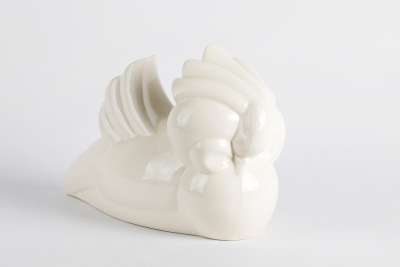
Adnet Mandarin Duck
$0.00 -

Ceramic Black Panther
$1,200.00 -
Sold
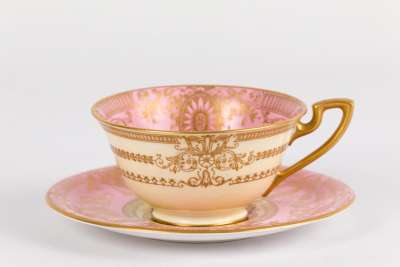
Royal Worcester Ernest Phillips Cup and Saucer
$0.00 -

Royal Copenhagen Figurine of a Pointer Puppy
$275.00 -
Sold
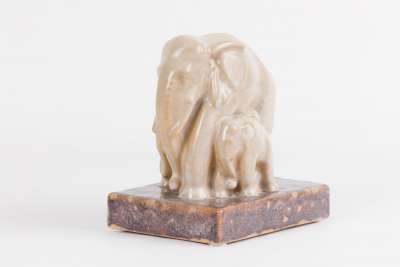
Elephants by Sèvres
$0.00 -
Sold
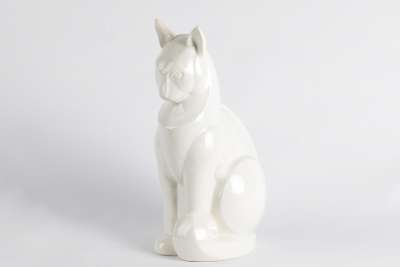
White Craquelé Cat
$0.00 -
Sold
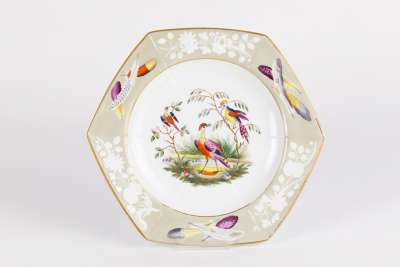
Spode Envelope Plate
$0.00 -
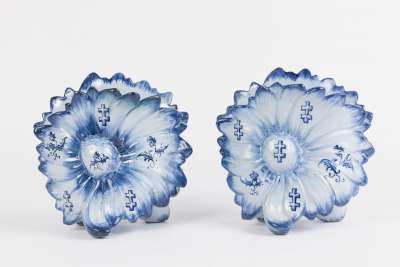
Gallé Ceramic Vases
$4,500.00 -
Sold
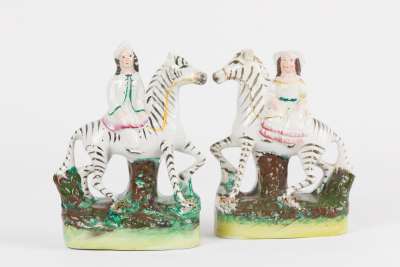
Staffordshire figurines
$0.00 -
Sold
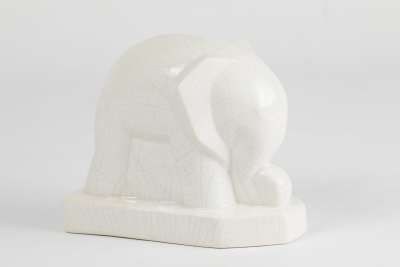
Craquelé Elephant
$0.00 -
Sold
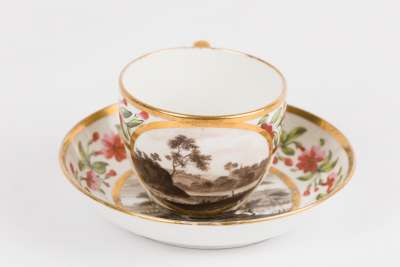
Coalport Cup and Saucer
$0.00 -
Sold
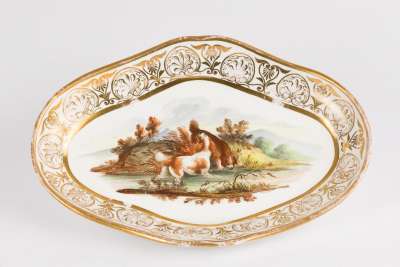
Coalport Spaniel Dish
$0.00





